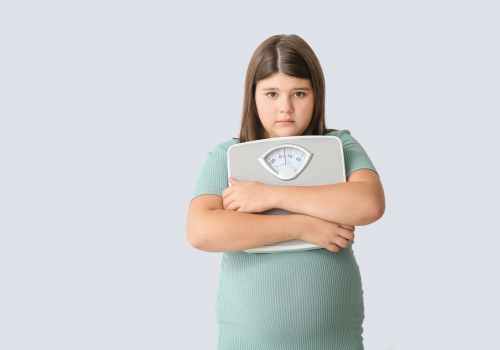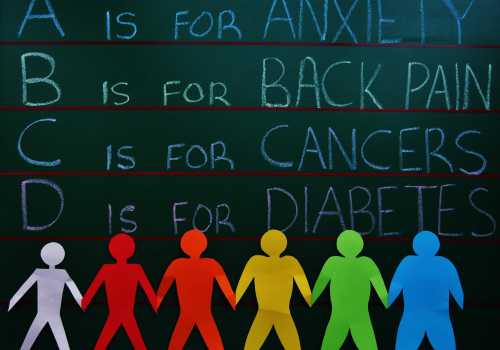Is there any type of causal relationship between childhood and obesity? Researchers have been asking this question for a number of years and the answers may surprise you. For example, were you aware that just over ten per cent of reception-age children (between four and five years old) in the United Kingdom are currently obese? This proportion jumps to nearly 25 per cent for those aged between 11 and 12.
This article intends to address several issues. What are some of the causes of childhood obesity? What risks does this condition pose as one begins to age? Are there any effective steps which can be used to alleviate the impacts of obesity? If you are a parent or should you simply wish to learn more, keep on reading.
How Does Obesity Impact Childhood?
One’s childhood and an obesity diagnosis can be associated with a handful of profound effects. Most researchers classify these within two discrete categories:
The physical impacts associated with being overweight are very real and can lead to even more consequences in the future (this will be discussed in a later section). Obese children are less likely to remain physically active and therefore, their body mass index may increase yet further. Other problems such as poor circulation, a lack of muscular development and joint issues could likewise become present.
The psychological effects of this condition are just as pertinent. Obese children may be ostracised by their peers and find it very difficult to make friends. This can lead to feelings of isolation and low self-esteem. The main issue here is that such thoughts will often carry over into adolescence and even adulthood.

Who is at Risk of Being Diagnosed as Obese?
What type of child is the most likely to be diagnosed as obese? There are several variables which could lead to excess body mass. Genetics (as always) plays an important role. A child who has one or more obese parents is more likely to become obese. This is likewise at least partially due to the fact that many overweight parents do not encourage a healthy diet and regular exercise. As children tend to model adults, they could very well soon develop the same behavioural problems; considering them to be “normal”.
From Childhood to Adolescence
As mentioned in the statistics illustrated earlier, obesity in adolescence is now becoming
commonplace in western society; particularly nations such as the United States and the United Kingdom. One confounding issue here is that many deep-seated habits may already have developed. Thus, they will become much more difficult to break. Adolescents are also less likely to listen to authoritative figures in regard to the most effective weight loss techniques. If left unchecked, potentially serious consequences may be just around the proverbial corner. These are some of the reasons why the healthcare community has begun to focus upon how to reduce the rates of obesity in teenagers.
Long-Term Effects
There are numerous physical and emotional effects that can occur in children and teenagers who are obese. Here are five examples:
- High blood pressure (hypertension) and elevated blood cholesterol levels.
- Liver disease.
- Type 2 (adult-onset) diabetes.
- Bone and joint problems.
- Respiratory issues including asthma and obstructive sleep apnoea (OSA).
Note that these are only five of the numerous problems which can impact one’s overall lifestyle. Other long-term issues such as poor self-confidence and depression may likewise be present well into adulthood.

Preventative Steps
There are many ways in which childhood obesity can be addressed. While some are naturally predisposed to this condition, a handful of targeted solutions can still go a long way. Common recommendations include reducing overall caloric intake, embracing a healthier diet and obtaining an adequate amount of exercise every day are obviously crucial. Children who are severely obese could also be prescribed specific types of medications that are intended to lower body mass index (BMI) levels over time.
In the same respect, adults who hope to manage their weight will often benefit from cutting-edge technology such as the Spatz3 adjustable gastric balloon. This gastric device can be used to reduce cravings and to limit the number of calories consumed at any given time. Losing weight will therefore become much more of a reality.
Childhood and an obesity diagnosis does not always have to result in a negative outcome if the appropriate steps are taken at an early stage.


